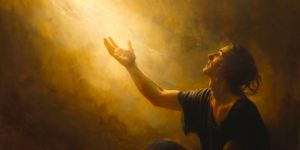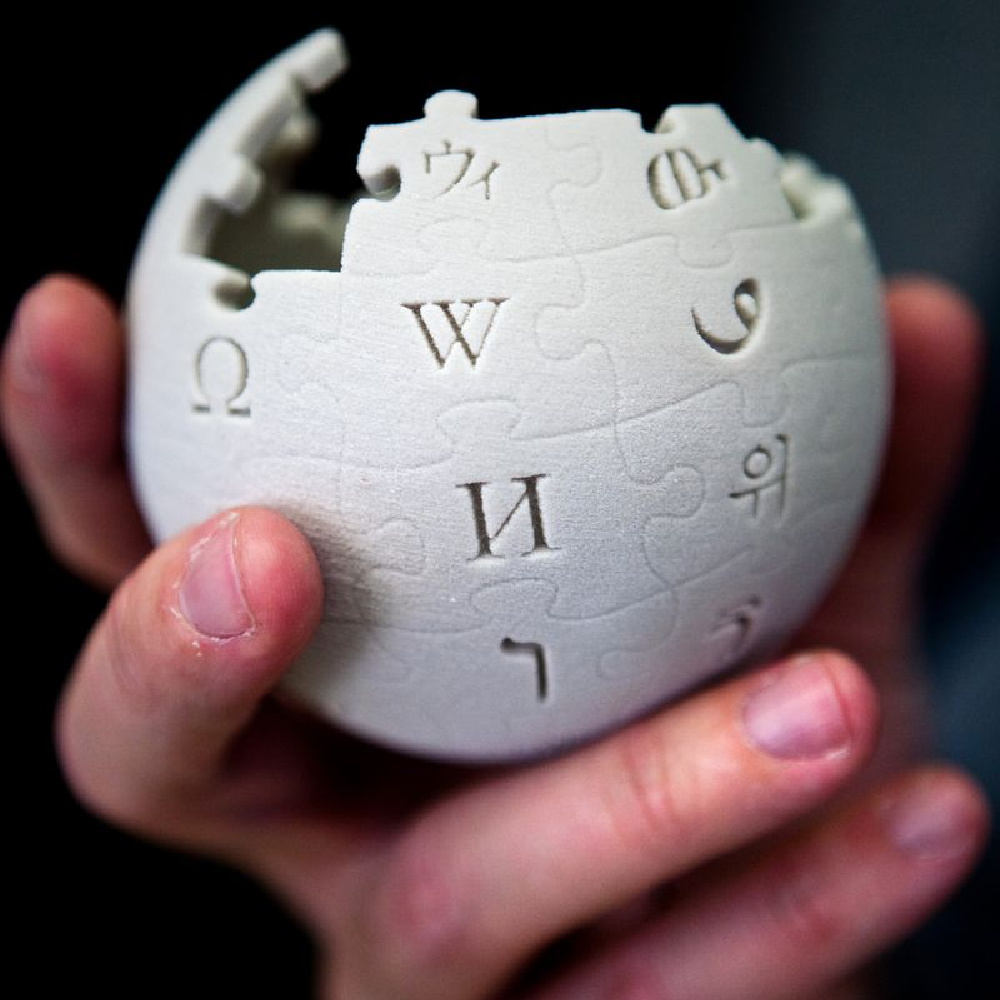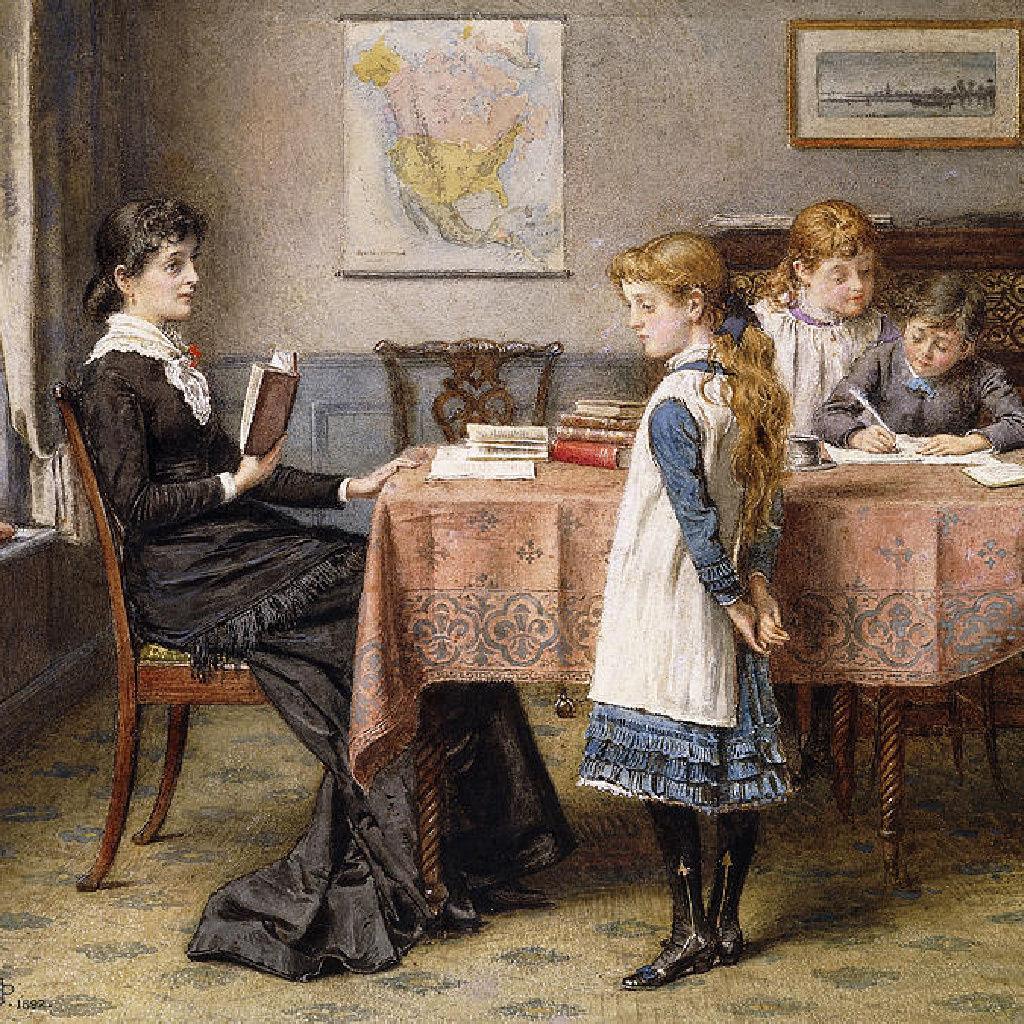The importance of connecting ourselves to the Savior and His Power in the temple is particularly important in our day and age. President Russell M. Nelson has repeatedly emphasized the significance of temple ordinances and covenants during his tenure as prophet and seer.
As I have spent more time in the temple, thought about President Nelson’s words, and pondered the Savior’s power that comes to us from being in and serving in the temple, I have reflected on the following principles as some of the ways the temple helps ground and connect us to the power of Jesus Christ.
The Temple Encourages Mindfulness
Body scan meditation is a popular mindfulness technique that involves paying attention to parts of our body. Through this practice, physical stress is released from different parts of our body. Additionally, our mind is trained to become more aware of sensations and emotions by viewing them with compassion and responding to them with mindfulness. This practice has been shown to be effective in creating awareness not only for our physical well-being but also for our emotional well-being. Regular meditation and mindfulness can be beneficial in improving sleep, reducing anxiety and stress, lowering blood pressure, decreasing pain, healing trauma, and helping with anxiety and depression.
The initiatory ordinance can be a great way to practice body scan meditation. As I concentrate on each separate part of my body that is blessed, I feel more in tune with my own body and my emotions. Often, as I sit in the chair, I try to pay attention to the feel of my feet touching the ground and think about grounding myself in the Savior and His power. This practice allows me to feel more connected to the Savior, and I am reminded that He knows me as an individual with different parts—both physical and emotional. I am also grateful for the beautiful promised blessings of health and strength I hear during this ordinance. I feel the Savior giving me strength to do what I need to. Regular meditation and mindfulness can be beneficial.
The Temple Uses The Power Of Physical Touch
All of the ordinances in the temple involve some form of physical touch. During baptism, hands are held, and the patron is guided gently down below the water and back up again. Confirmation requires the placing of hands on top of the patron’s head. The temple initiatory ordinance, although it has been modified over the years, does involve both physical and symbolic touch. The endowment session involves physical hand-holding, symbols, and signs. During the prayer circle, patrons form a tight enclosure of individuals connected through physical touch. The veil ceremony involves an intimate symbolic embrace with the Lord through the veil. Finally, the sealing ordinances require hands to be physically joined as a symbol of unity and connection over the altar.
The Savior often used physical touch to heal people, as recorded throughout the scriptures, and physical touch is incorporated as part of our priesthood blessings of healing and comfort.
Safe physical touch releases oxytocin. This hormone has been shown to help with general mental health, decrease blood pressure and cortisol, increase pain thresholds, and counteract anxiety. There are even studies that have shown how oxytocin can be helpful in fighting cancer.
The COVID-19 pandemic taught many of us about the vital need for physical touch. For many months, we were discouraged from physical presence and touch, and it felt so good to finally be able to shake hands and embrace each other again. The mental and emotional effects of the lack of physical connection were felt by many.
This may be because physical touch has been shown to be a vital and necessary part of both our physical and emotional health. There are even reports of infants in orphanages who pass away due to lack of physical touch. Touch is vital in creating empathy and in our ability to bond and connect with others in healthy ways.

The Temple Helps With Attachment
In the past few years, there have been several images of the Savior added to the temple endowment film that show Him with His arms outstretched. I love these images of the Savior as they remind me that He is always there, ready to embrace and accept me. The Savior never turns me away, loves me for who I am, and wants to be intimately connected to me.
As we talk about interpersonal connections, attachment theory may be a worthwhile idea to talk about. It gained popularity in the 1950s and has continued to be a popular lens for viewing human emotional and relationship development. The theory is based on the idea that we need to form a close emotional bond with a safe and responding caregiver in order to develop properly. If there is not a caring and loving relationship for a child to depend upon, normal development does not occur, and different psychological conditions or maladaptive coping mechanisms can develop.
The theory outlines healthy attachments as secure or dependable and unhealthy attachments as ambiguous, anxious, or fearful. A healthy, secure attachment helps with emotional regulation and forms a healthy response to stress. While an individual’s current and future relationship styles can usually be tied to their history of attachment from the past, it is interesting to me that attachment style can also change throughout their life.
The Savior is our ultimate caregiver, and the temple reminds us of that. As the person through which all change can be facilitated, He can help us with our attachment wounds and can help us increase our ability to have healthy relationships with others. I love this statement President Nelson made in May 2017:
There is no amorphous entity called “the Atonement,” upon which we may call for succor, healing, forgiveness, or power. Jesus Christ is the source … The Savior’s atoning sacrifice—the central act of all human history—is best understood and appreciated when we expressly and clearly connect it to Him … Faith in Jesus Christ propels us to do things we otherwise would not do. Faith that motivates us to action gives us more access to His power. We also increase the Savior’s power in our lives when we make sacred covenants and keep those covenants with precision.
The recent emphasis on covenants and focus on worshiping in the temple can be related to our ability to connect and attach to the Savior in more intimate and secure ways. Learning to depend upon and look to Him in every thought and turning to Him daily for support and well-being can help us heal our attachment wounds and develop both emotional and spiritual strength. By learning healthy attachment to the Savior, we can develop healthy attachment to others. We can additionally provide that same attachment strength to help others as well.
Russel T. Osguthorpe, who served as the General Sunday School President from 2009 to 2014, published a book entitled Filled with His Love: Strengthening Our Attachment to God and to Others in 2022. In this book he explores this theory with greater detail and explanation. It could be a great resource for anyone wanting to learn more about attachment.
The Temple Uses Polyvagal Theory
Similar to attachment theory, polyvagal theory can be a way to explain the calming and life-giving effects of being covenant-bound or being connected to and co-regulating our nervous system to the Savior. We are taught and also able to experience this symbolically in the temple.
Polyvagal theory was developed by Stephen Porges in 1995. The theory suggests that our autonomic nervous system is greatly influenced by the vagus nerve, which is connected to most of the vital organs in our body, like our heart and lungs. The vagus nerve has a direct effect on things like digestion, heart rate, mood, saliva production, skin and muscle sensation, and inflammation response. Polyvagal theory can be a way to explain that we have different physiological states (i.e., being relaxed, immobilized, or mobilized) in response to our environments and how we perceive them. It also provides an explanation for how our nervous system can be directly regulated based on feelings of safety in our environment and also co-regulation through safe connection with others. By learning healthy attachment to the Savior, we can develop healthy attachment to others.
The temple garments we wear are also a physical representation of this intimate, calming connection and protection we can receive from being bound to Christ through our covenants. By wearing our garments daily, we carry a constant reminder of the Savior and our connection to Him all the time. The garments are worn in direct physical contact with our bodies, constantly covering us and protecting us from danger.
In her talk “Put ye On the Lord Jesus Christ,” Sister J. Annette Dennis said:
I am so grateful for the privilege of wearing the garment of the holy priesthood to remind me that the Savior and the blessings of His infinite Atonement constantly cover me throughout my mortal journey. It also reminds me that as I keep the covenants I have made with God in the house of the Lord, I have symbolically put on Christ, who Himself is an armor of light. He will protect me from evil, give me power and increased capacity, and be my light and guide through the darkness and difficulties of this world. There is deep and beautiful symbolic meaning in the garment of the holy priesthood and its relationship to Christ.
By wearing the temple garment, we are able to have a deeper connection to the Savior and the power of His Atonement. By these covenants, we can feel the peace that comes from Him and will be able to better approach the stresses of our day. This is true grounding power.
Pondering these principles has given me greater insight into why President Nelson made such strong promises to us about being in the temple at the end of his conference address. Truly, we need The Savior’s power to ground us now more than we ever have in the past.
These insights also give me a greater appreciation for President Nelson and a greater witness that he is the Lord’s mouthpiece we need in our day. As a respected physician, but more so as the Lord’s prophet, he understands how our bodies and minds work together and how the temple can ground us to the Savior’s power:
My dear brothers and sisters, here is my promise. Nothing will help you more to hold fast to the iron rod than worshiping in the temple as regularly as your circumstances permit. Nothing will protect you more as you encounter the world’s mists of darkness. Nothing will bolster your testimony of the Lord Jesus Christ and His Atonement or help you understand God’s magnificent plan more. Nothing will soothe your spirit more during times of pain. Nothing will open the heavens more. Nothing! The temple is the gateway to the greatest blessings God has in store for each of us.

















